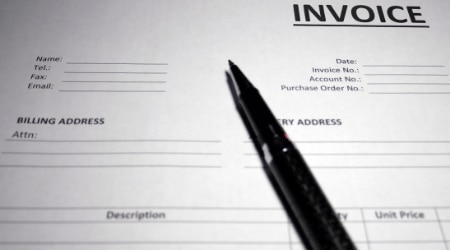Credit note meaning explained
First let’s cover a quick credit note definition.
A credit note, sometimes called a credit note or credit memorandum, is a document that allows you to change an invoice after it has been issued or paid.
When you issue a credit note, you are essentially deleting an amount from an invoice (and your financial records) without deleting the invoice itself.
That’s important because in many countries you need to keep all invoices for potential auditing purposes, even if they’re incorrect.
Credit notes can be used to cancel part or all of an invoice for products or services.
For example, let’s say you accidentally issued an invoice for $100 instead of $75. You would then need to issue a credit note for $25 to correct the outstanding balance.
If a customer were to cancel their order after you had issued an invoice, you could also use a credit note to cancel the full amount of the invoice.











